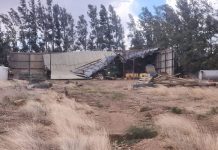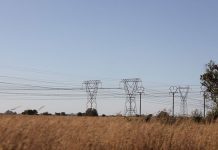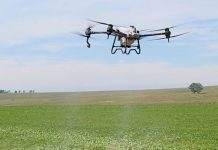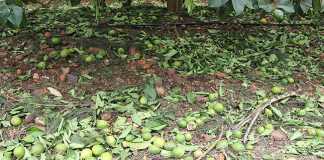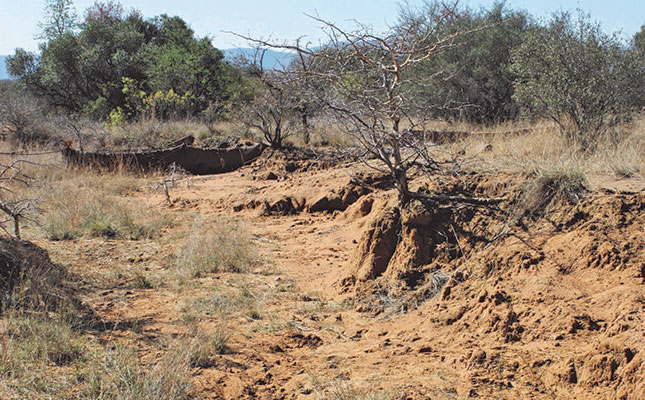
Photo: FW Archive
South Africa’s soils are extremely degraded, and over the past 100 years, the country has lost up to 50% of the carbon content in cultivated soils.
This was according to Dr Hendrik Smith, conservation agriculture facilitator at ASSET Research and the Maize Trust. Carbon, Smith explained, is the main component of soil organic matter and is responsible for the structure, water-retention capacity, and fertility of soil.
He said that research has found that between 7% and 10% of carbon content in soil was lost during every cultivation cycle in South Africa’s main cropping areas.
“The condition of the soils in South Africa’s livestock production areas is somewhat better, except in the communal areas where overgrazing and [incorrect] grazing practices caused severe damage over the decades,” he said.
The most pressing problem in the conservation of soil, according to Smith, was the widespread lack of knowledge and understanding about soil biodiversity and biology.
According to him, soil organic matter and microorganisms in the soil were responsible for many critical ecosystem processes, such as supporting plant growth. Deterioration of the soil structure, due to the loss of carbon, for example, resulted in extensive soil erosion.
In South Africa’s main crop cultivation areas, as much as 13t/ha of topsoil was lost per year due to erosion.
Recent research also showed that dust pollution in Southern Africa was caused by degraded soils, primarily in the north-western Free State, one of the most prominent grain production areas of the country.
“However, there is a big effort to move farmers to conservation agriculture or regenerative agriculture systems, and this ‘movement’ is primarily driven by farmers themselves. At this stage, around one million hectares of cropland in the country are under conservation agriculture with the biggest adoption in the Western Cape and KwaZulu-Natal,” Smith said.



